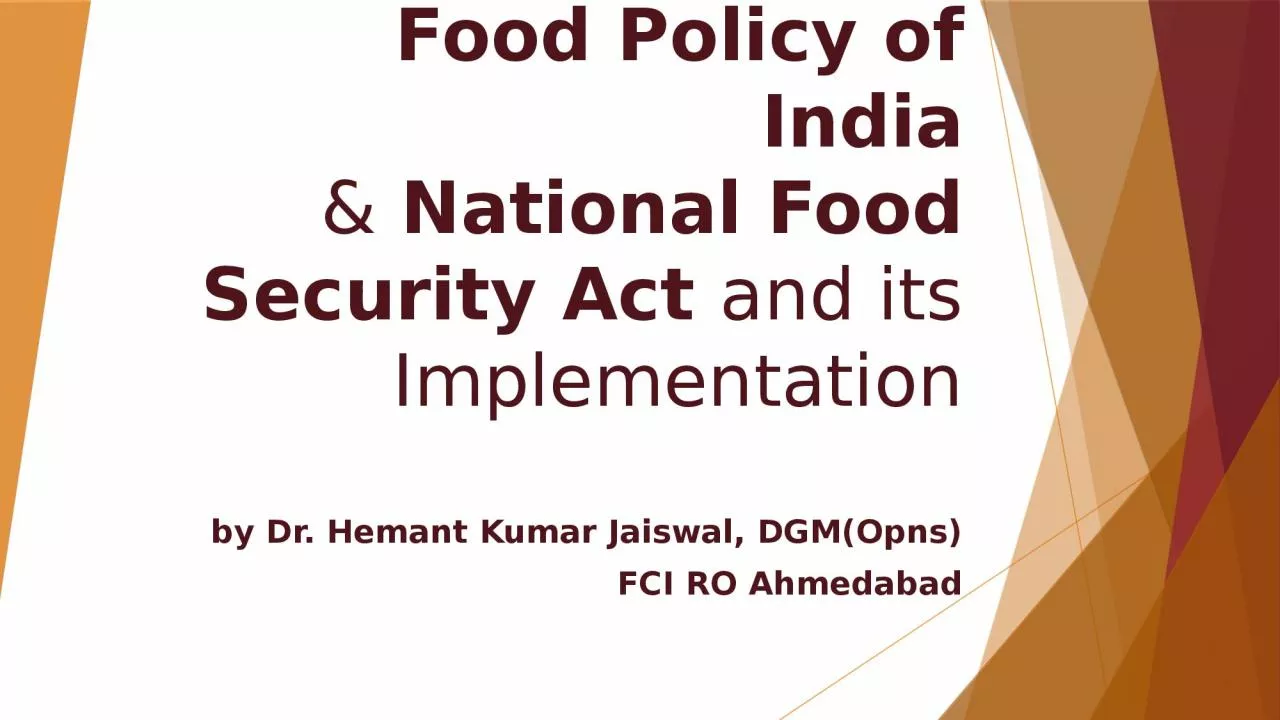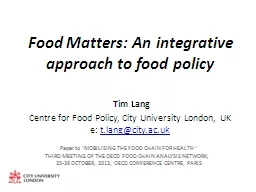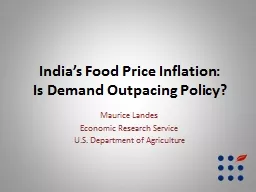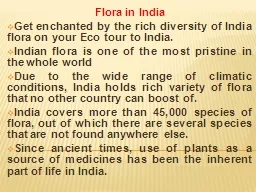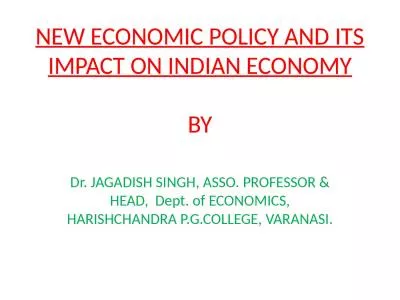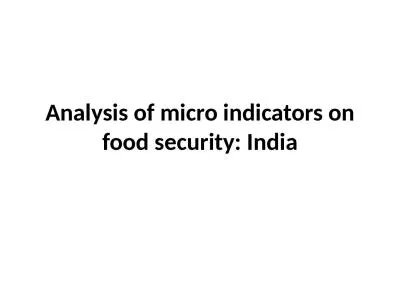PPT-Food Policy of India &
Author : martin | Published Date : 2024-03-15
National Food Security Act and its Implementation by Dr Hemant Kumar Jaiswal DGM Opns FCI RO Ahmedabad History During the 18th and 19th centuries the people of
Presentation Embed Code
Download Presentation
Download Presentation The PPT/PDF document "Food Policy of India &" is the property of its rightful owner. Permission is granted to download and print the materials on this website for personal, non-commercial use only, and to display it on your personal computer provided you do not modify the materials and that you retain all copyright notices contained in the materials. By downloading content from our website, you accept the terms of this agreement.
Food Policy of India &: Transcript
Download Rules Of Document
"Food Policy of India &"The content belongs to its owner. You may download and print it for personal use, without modification, and keep all copyright notices. By downloading, you agree to these terms.
Related Documents

